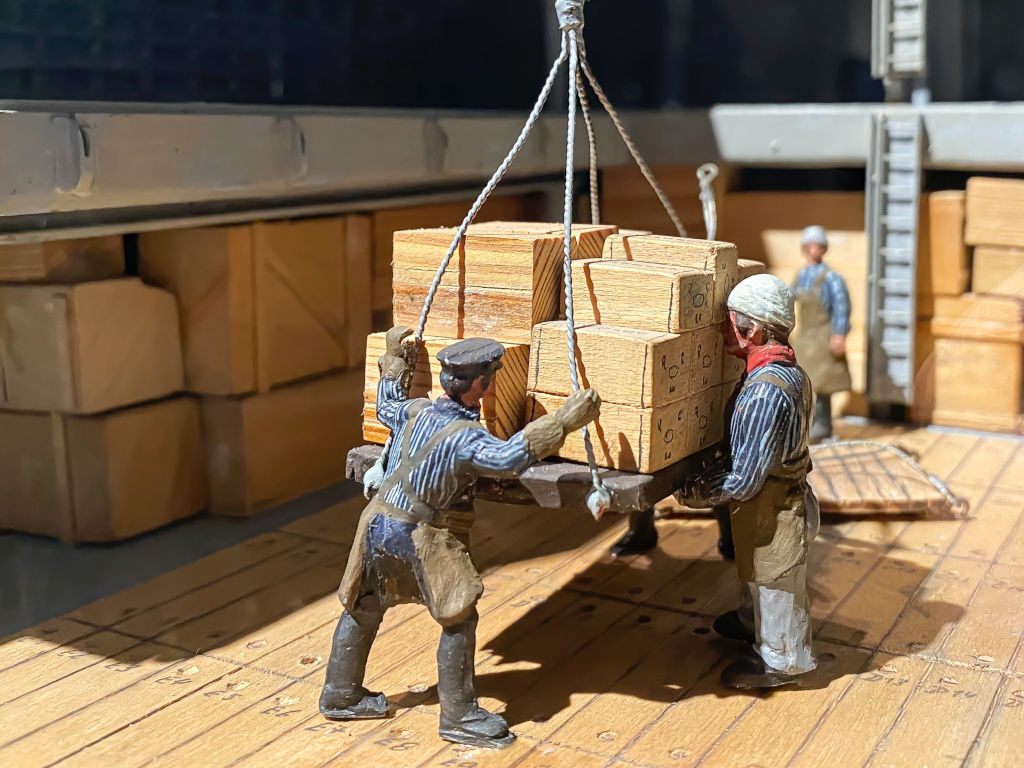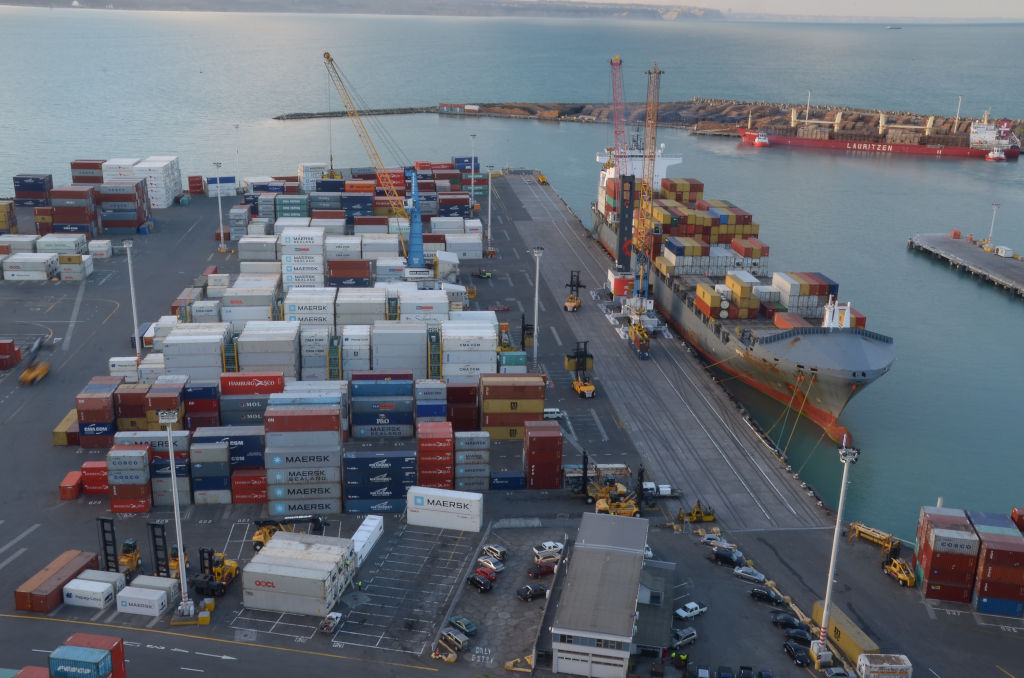Loading and unloading accidents during operations cannot be taken away from any line of production or marketing, considering the US has tons of manufacturers of different products—heavy, lightweight, dangerous, and everything in between.
These activities are characteristics of the logistics and transport industries and are not without risk factors. Loading and unloading activities involve handling cargo or loads from one point to another via different means. This includes trucks, cars, railroads, or ships. In all of this, there will be moving and storing of materials or products.
While carrying out these activities, it is essential to adhere to the highest standards of care provided by the Occupational Safety and Health Administration. This is because these cargoes are loaded or unloaded via strenuous physical labor, overhead cranes, forklifts, and even conveyor systems.
Employers have a duty of care to provide workers with the best safety gear, equipment, and machinery. This will help ensure that all loading and unloading steps, such as strapping, securing, and tarping, are carried out with care. Whenever these standards are disregarded, there is room for work hazards.
According to the National Safety Council, loading and unloading activities account for 3% of all non-roadway fatalities. To avoid further fatalities, employers must ensure workers adhere to the best operations standards. This is especially while handling harmful products such as flammable or combustible liquids.
Whenever injuries occur during a loading and unloading activity, it is essential to examine the cause of the incident. This will help in recovering compensation for the injury sustained and identify the liable party.
Once the liable party has been identified, legal animation can be used to animate the loading or unloading operations.

What Are the Causes of Loading and Unloading Accidents?
Loading and unloading accidents can be fatal and can be caused by various factors, making different people liable according to the unique facts of the case.
One of the most significant loading and unloading accidents is the toppling of improperly stacked or secured cargo. This can be very harmful to unsuspecting workers who already believe in the safety of the load, thus causing injuries.
Case References
A case in point is that of Ryan Stevedoring Co. v. Pan-Atlantic SS Corp.
In this case, the cargo to be loaded included pulpboard used in making corrugated paper and paper bags. The rolls were stacked side by side on the floor, one on top of the other.
While the goods were being transported on water, one of the rolls weighing about 3,200 pounds broke loose. This struck the petitioner violently, injuring his left leg.
In other instances, the package used to hold the goods together as a unit may be compromised, thus causing the goods to fall precariously on a worker. An example of this is the case of Kennedy v. Jefferson Smurfit Co.
In this case, cardboard weighing hundreds of pounds was bundled on wood pallets to be transported. Even though there was a report of the ordered integrity of the packing, during unloading, a pallet collapsed, falling on the plaintiff and causing injuries. It was later noticed that the collapsed pallet was rotten.

More Case References
In addition, it must be noted that during the loading and unloading of heavy packages or cargo, sometimes employees may require some heavy machinery. Unfortunately, when using this machinery, the operator may mishandle it. The machinery may also be faulty.
In instances like this, there are significant risks that may even lead to the loss of lives. An example of a case like this is the case of Nacirema Operating Co. v. Johnson.
In this case, three workers were engaged as slingers, attaching cargo from railroad cars located on piers to the ship’s crane for loading to the vessel. During this activity, the shipment hoisted by the ship’s crane swung back and knocked them against the side of the railroad car, killing one worker and leaving the rest injured.
Loading and unloading accidents should not be limited to falls and equipment alone. They may sometimes be due to defective infrastructure. This can be extremely harmful, causing workers to slip and fall while carrying heavy cargo. An example of this was seen in the case of Indiana Lumbermens Mut. Ins. Co. v. STATESMAN INS.
In this case, while the employee was unloading a water softener into a person’s home by walking down the stairs to the basement, the stairs collapsed, causing grievous injury. Thus, in this case, the cause of the unloading accident was the negligent maintenance of the stairway.
Just as seen in the instances and cases above, loading and unloading accidents are ones to avoid at all costs. Whenever they occur, however, legal animation can be used to showcase the mechanism of injury and the injury that was affected thereby.
Illustrating Loading and Unloading Accidents Using Legal Animation
Legal animations are essential elements of cases that involve a play of events that led to an incident. Therefore, loading and unloading accidents can be revealed using this court tool.
With legal animation, it is possible to show how the incident was laid out, going by the multiple witnesses and their strategic positions as the incident unfolded. This is especially needed when the way an event plays out is under dispute, and there is a need for factual clarification.
In conclusion, for cases like these, getting an expert witness on board is essential to ensuring that evidence is accounted for by qualified personnel. In addition, the party in the case must bring on board a legal animation company with due regard to attention to detail and commitment to creativity.
Fox-AE is a phenomenal legal animation company famed for success-oriented legal animations suitable for admissibility during court cases.






